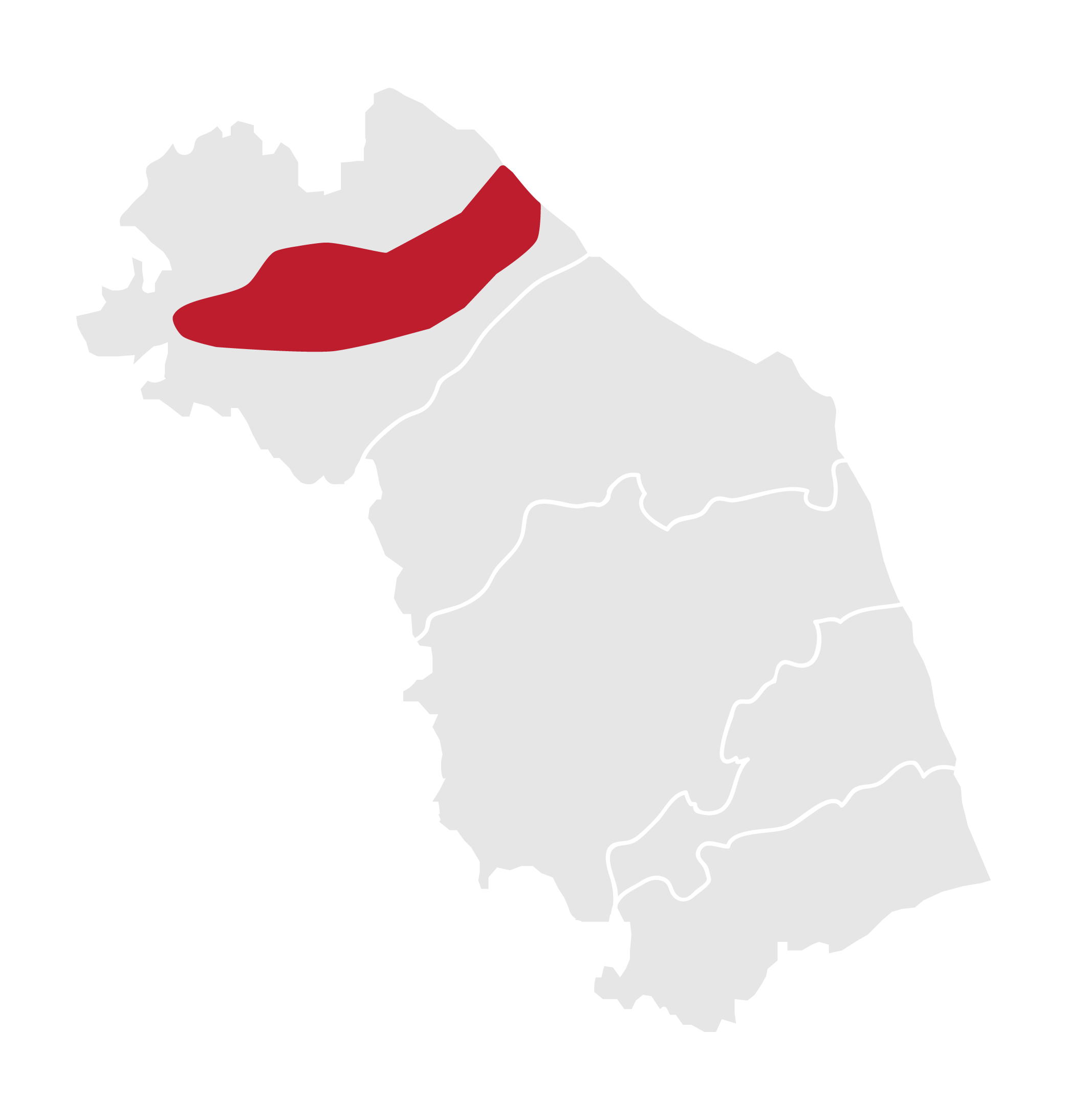
The ancient Roman town of Forum Sempronii is located about 2 km from the current town of Fossombrone and is located on a large river terrace on the left bank of the Metauro river. The strong commercial vocation of this area was already known before the Roman foundation: in the Picene period, this plateau was most probably used for commercial purposes because here were located some important routes related to transhumance. In Roman times its strategic importance increased inasmuch as Forum Sempronii rises along Via Flaminia, which, from 220 BC, was the main connecting artery between Rome and the Po Valley, right where the route met Salaria Gallica, another important linking road. The latter, in fact, connected the Via Flaminia to the Via Salaria, crossing the main centers of the middle valleys: Asculum, Falerio, Urbs Salvia, Ricina, Aesis, Ostra, Suasa and, of course, Forum Sempronii. The founding of Forum Sempronii is assumed to be around the 2nd century BC, although human activity in the area can be assumed as of the end of the 3rd century BC. In the first century BC, Forum Sempronii becomes municipium and maintains its importance until the early centuries of the Imperial Age. Following the Greek-Gothic War (535-553 AD), the city was conquered by the Byzantines and became part of the Pentapoli Annonaria. A gradual abandonment begins with the 6th century AD, with the end of that century seeing the relocation of the settlement to nearby Sant'Aldebrando hill, a more defendable location, where today stands the present city of Fossombrone, home to the "A. Vernacci" Civic Museum, where many finds from the Forum Sempronii Archaeological Park are displayed. The Forum Sempronii Archaeological Park is located in S. Martino del Piano near the Church of San Martino, where the ancient Forum Sempronii was built. The ancient city stretched for 24 hectares and was articulated in rectangular shaped blocks generated by the Decumanus Maximus, this being the Via Flaminia, and smaller parallel (decumani minor) and perpendicular routes. Starting from the Church of San Martino and following the Decumanus Maximus, we find a series of structures: a sewer covered by large slabs of local stone; eight large bases referable either to pillars of a portico or to statues of high ranking personalities or divinities; the hypocaust of a Roman bath. In the southern part of the city there is a second large thermal bath, built in the 1st century AD and functioning until the beginning of the 5th century AD. The structure consists of over twenty rooms arranged around a central courtyard. The most representative environment is the large apsed hall with mosaic flooring, perhaps interpretable as frigidarium.
We have found no place to eat in the vicinity
We have found no place to sleep in the vicinity
Vino e olio, eccellenze dell’agricoltura e della gastronomia marchigiana, sono da sempre al centro dell’economia e dell’identità culturale locale, come testimoniano i numerosi impianti per la produzione olearia e vinicola presenti sin dall’età picena nella regione. Il viaggio alla scoperta del territorio dedicato all’antica produzione dell’olio e del vino ci conduce lungo la Salaria Gallica, strada che collegava Fossombrone ad Ascoli Piceno passando per le principali colonie romane, immerse nelle verdi colline marchigiane.

|
Address | Strada Provinciale Flaminia Fossombrone |

|
Phone Number | 0721723263 / 3408245162 (Ufficio IAT comunale) |

|
Opening Time | solo su prenotazione |

|
Visit Time | 1 ora e 30 min |

|
Entrance Fee | gratuito |

|
Reservation Required | yes |

|
Viabilities | Flaminia - Salaria Gallica |

|
Bookshop | no |

|
Free Guided Tour | no |

|
Guided Tour | Visite guidate, per un minimo di 15 persone, in lingua italiana e inglese, su prenotazione 0721723263 / 3408245162 (Ufficio IAT comunale) . Prezzi secondo la normativa vigente delle guide turistiche. Per le scuole: visita guidata al parco e al museo 5€ |

|
Parking | yes |

|
Disabled Accessibility | limitata |

|
Audioguide | no |

|
Didactic Rooms | no |

|
Conference room | no |

|
English language | no |

|
Public Transport | yes |

|
Family Services | no |


























